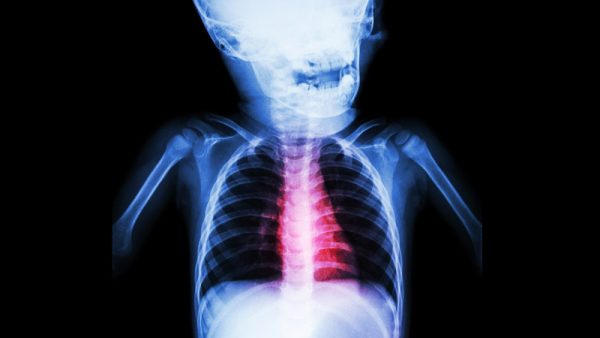
Children are very vulnerable to injury because they are typically more active than adults and more carefree. The most common types of fractures among children are broken collarbones, legs, forearms, wrist and fingers. Often these breaks are caused through playing sport, falling from play equipment, riding bicycles, skateboards or scooters, or simply a child falling forcefully to the ground while running around.
The good news is that young bones are more pliable and they are less likely to break. Most bone injuries simply involve the bone bending rather than breaking. Treatment often involves keeping the child’s bones free of movement and protection through a cast.
If a child’s bone does break, it will heal more quickly than an adult’s and often does not require surgery. If, however, a child’s bone breaks through their skin, surgery may be necessary to prevent infection or secondary complications.
Other common paediatric injuries include dislocated bones, often arising from placing too much pressure on bone joints. If, for example, a parent pulls a toddler up too forcefully, this may cause their forearm bone to become dislocated. As with any injury, it is important to consult with a doctor as soon as possible to assess the damage and treatment options.
ASOS supports the family doctor–patient relationship. If you have any symptoms that might require treatment, consult your GP, who will refer you to an orthopaedic specialist.
